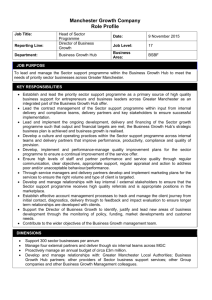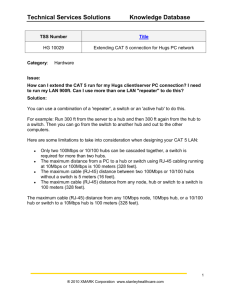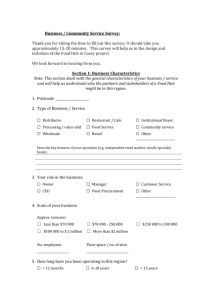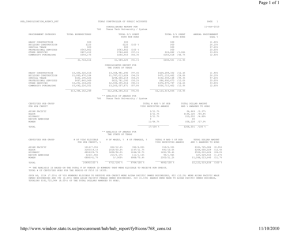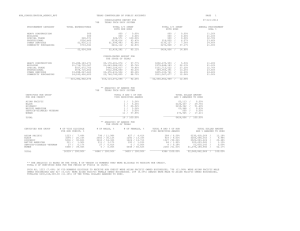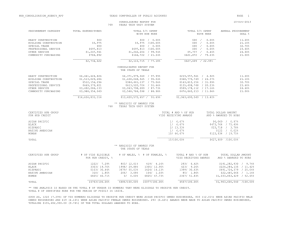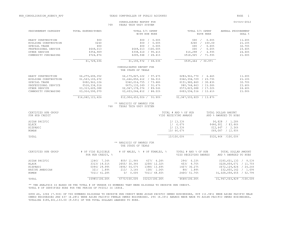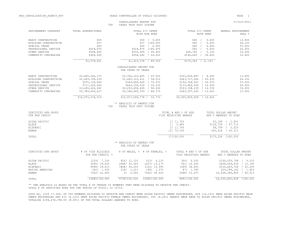Ohio ABLE*s Distance Education Initiative
advertisement
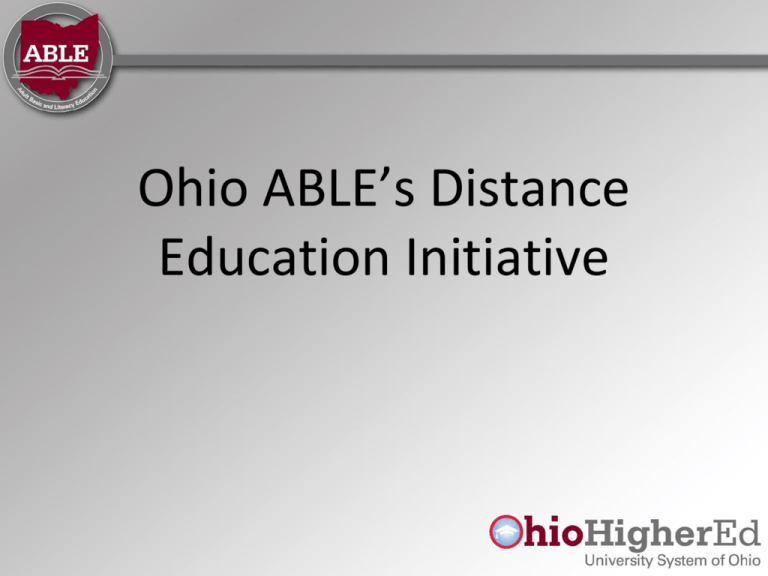
Ohio ABLE’s Distance Education Initiative Phase I-Exploring Distance Education FY 2003-2005 ❑Involvement with Project IDEAL (2003 – 2006) ❑Pilot programs funded to explore distance ❑Access to PD for distance education delivery ❑Data gathering and evaluation 2 Phase II—Expanding Distance FY 2006—FY 2008 ❑Begin Hub/RP model using clock time model ❑Expand distance option to more Ohio ABLE students within current delivery system ❑Offer distance to ESOL students 3 Hub-Referring Program Model ❑Partnerships established ❑Experienced distance providers/pilot programs serve as Hubs ❑DE provided to Hub students and students referred by other ABLE programs (referring partners) 4 Partnership Roles—Referring Program ❑Counts the student for state/federal reporting ❑Provides orientation and assessment ❑Maintains student information into ABLELink (through 2013) ❑Communicates student information to Hub ❑Provides supplemental face-to-face instruction as needed 5 Partnership Roles—Hub ❑Provides orientation to online instruction ❑Provides online instruction and keeps track of online hours ❑Enters student data into ABLELink (2013+) ❑Reminds student of need for progress & posttesting ❑Reports at least quarterly to RP on student progress and instructional hours 6 Distance in Large Urban Programs ❑Cincinnati Schools added to distance education in FY 2008 to serve its own students ❑Exploring ways to use distance to deliver workplace instruction 7 Phase III—2008 - 2014 ❑Development of a policy FY 2011 ❑Establishing professional development options ❑DE required in grant application FY 2014 8 Phase IV – where we are now? ❑ Streamlined from multiple Hubs to one statewide Hub (OLRC) ❑ Expansion of delivery options in addition to 16 approved curricula ❑ Referrals completed by referring partners through online PD tracking system ❑ Updating required PD options by job role (administrator/teacher/support staff) and by program model (RP or program-delivered) ❑ Purchase of statewide licenses for Hub use and some for program-delivered ❑ Alternative delivery (Moodle and video-based lessons) 9 Ohio ABLE’s Distance Policy Delivery Options Hub-referring partner 10 Hybrid Program-delivered Distance education models 11 Enrollment and completion 12 Costs 2009-2010 Instruction Development Administration (Hub) 2011-2012 2012-2013 2013-2014 2014-2015 156,802.00 94,303.68 125,896.00 100,246.00 94,858.85 85,757.60 35,093.00 36,179.00 37,298.00 38,452.00 62,740.15 57,136.70 Software 104,484.77 7,476.00 7,500.00 35,021.25 67,416.00 48,200.00 Total $296,379.77 $137,958.68 $170,694.00 $173,719.25 $225,015.00 $191,094.30 Coordination Support PD/Training Data entry 13 2010-2011 Lessons learned Keys to success: ❑State support of implementation is key ❑Programs need flexibility to support students ❑Distance education is not necessarily better, faster, or cheaper ❑It may take time to find the right balance ❑Consistent method of reporting based on data entered instead of a check box 14 Lessons learned (cont.) ❑DE integrated into the program ❑Statewide technology initiative prior set the stage ❑Emphasizing why it’s good for students (digital literacy, increase instructional hours, expanded access) trumps all reasons not to do it! 15 Questions? 16 Tim Ponder Assistant Project Director Ohio Literacy Resource Center de@literacy.kent.edu Donna Albanese ABLE Program Manager Ohio Higher Ed dalbanese@regents.state.oh.us 17


